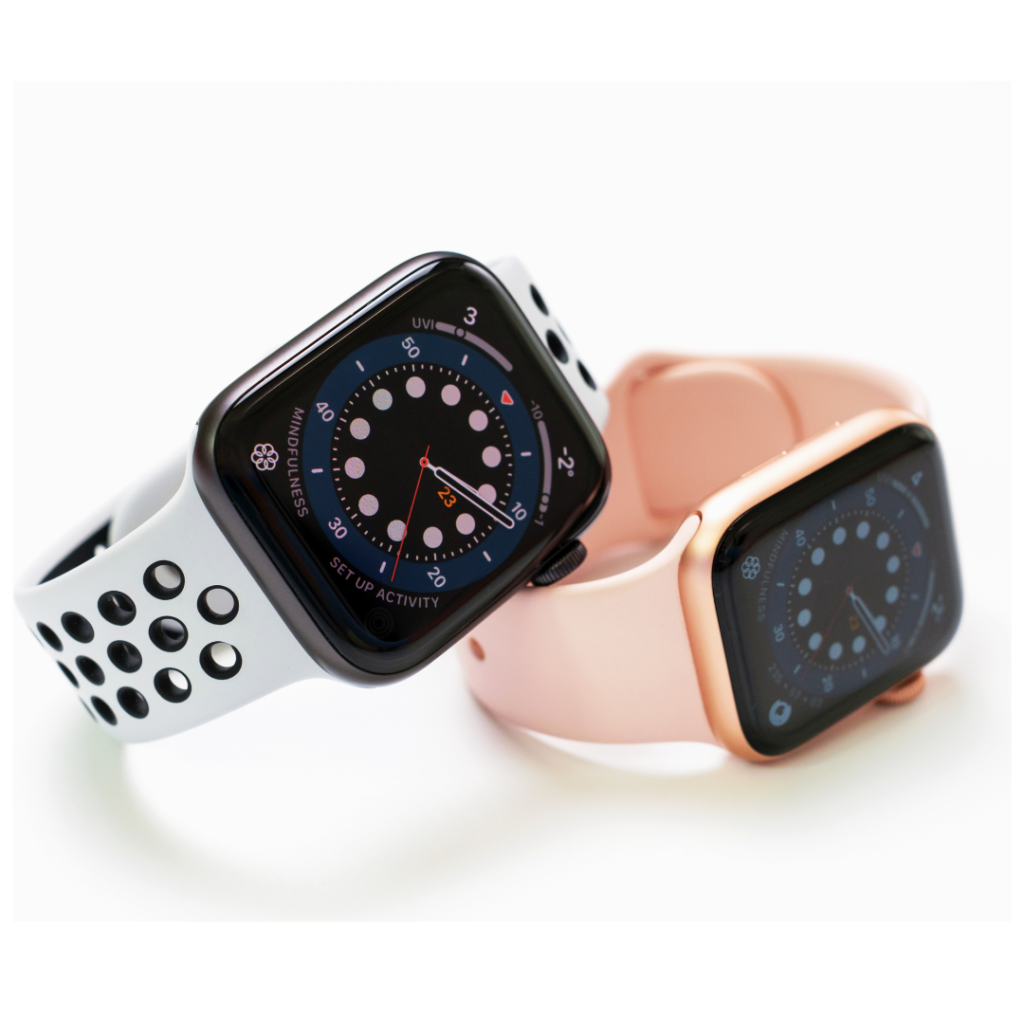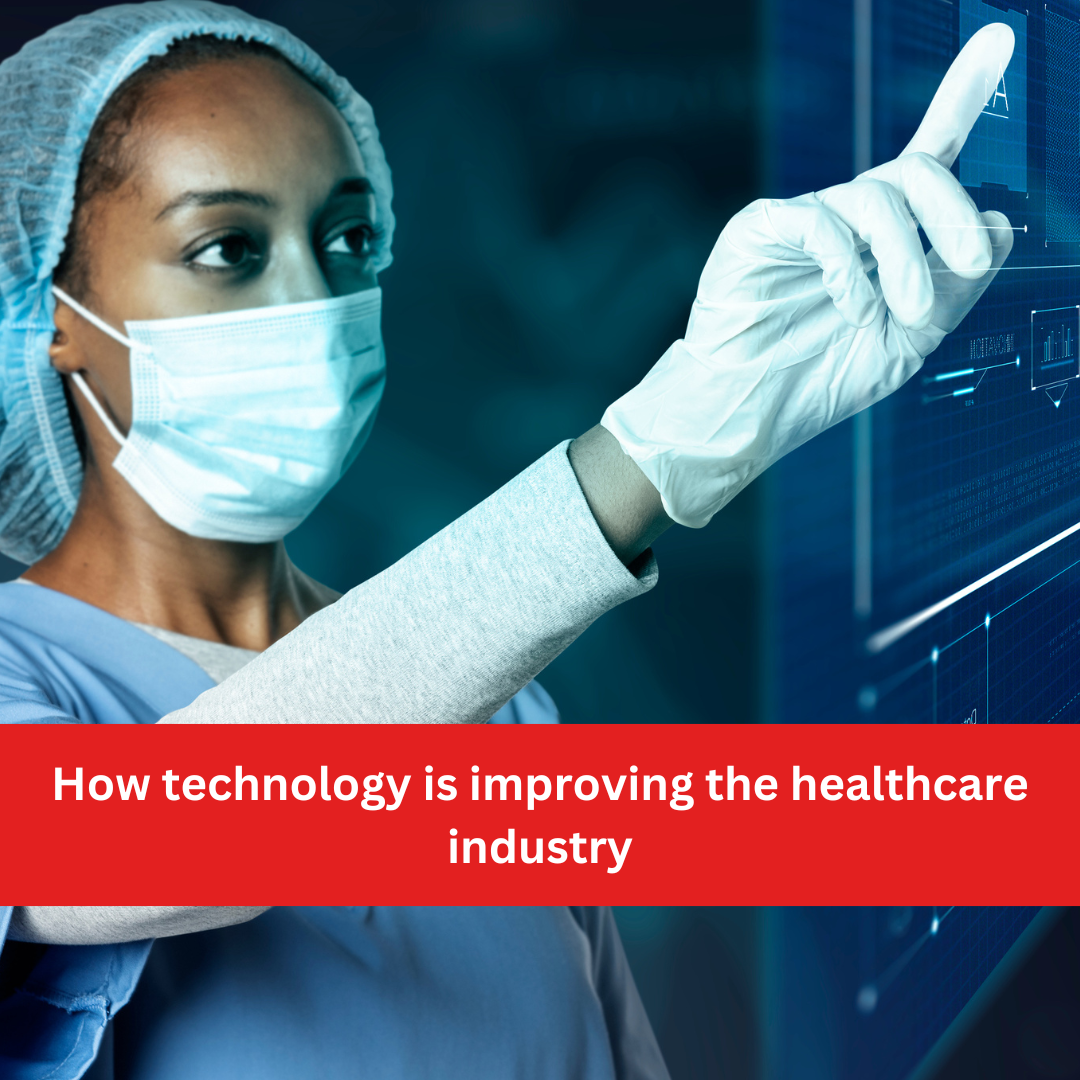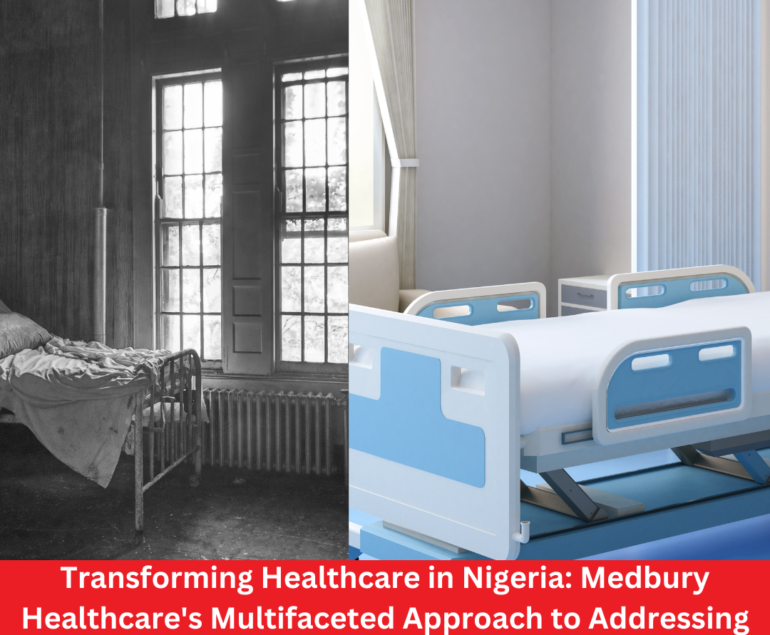In recent years, the healthcare industry has undergone a significant transformation, driven by advancements in various technologies. From gene editing to telemedicine, these innovative approaches have revolutionized patient care and improved efficiency for practitioners. Gene editing allows healthcare professionals to detect and treat once-incurable genetic disorders. Telemedicine enables patients to consult with medical professionals from home, saving time and money. These technological advancements are driving change in healthcare delivery and will continue to shape the future of the industry.
Gene Editing: A New Era in Healthcare
Gene editing is a groundbreaking technique that enables precise modifications to the DNA of cells and organisms, and it’s transforming healthcare. It has shown promising results in treating conditions such as HIV and sickle-cell disease. The World Health Organization (WHO) has recently issued updated guidelines on human genome editing, recognizing its potential to promote public health. This technology holds the promise of quicker and more reliable diagnosis, targeted treatments, and prevention of genetic disorders.
Related post: https://medburyserviceslimited.com/transforming-healthcare-in-nigeria-medbury-healthcares-multifaceted-approach/#:~:text=We%20recruit%2C%20train%2C%20and%20deploy,disease%20burden%20through%20Medbury%20Diagnostics.
Telemedicine: Bridging the Gap in Healthcare Access
Telemedicine is a rapidly growing field in healthcare that involves the use of videoconferencing and telecommunications technologies to provide remote medical consultations, diagnoses, and treatment. This technology allows healthcare practitioners to communicate with their patients from a distance, providing timely access to medical care, regardless of the patient’s location. Telemedicine has proven to be a great benefit for both healthcare providers and patients, as it increases accessibility to healthcare services, reduces the need for in-person visits, and offers cost-effective solutions for both parties. With telemedicine, healthcare professionals can remotely monitor their patients’ health, provide medical advice, and even prescribe medications through online portals. This technology has helped to bridge the gap between patients living in remote areas, those unable to be mobile and healthcare providers, who may be located in urban centers.

Wearable Devices: Monitoring Health in Real-Time
In recent years, wearable devices such as fitness trackers and smartwatches have become increasingly popular in the healthcare sector. These devices are equipped with sensors that can monitor vital signs such as heart rate, blood pressure, and oxygen saturation levels. They can also track physical activity metrics like steps taken, calories burned, and sleep patterns.
One of the major benefits of these wearable devices is their ability to detect irregularities in a patient’s vital signs or activity patterns, alerting healthcare professionals to potential health concerns in real time. This real-time monitoring is revolutionizing patient care by enabling healthcare practitioners to provide timely interventions and personalized treatment plans.
Moreover, wearable devices can transmit the data they collect to healthcare professionals for analysis, providing valuable insights that can guide diagnosis and treatment decisions. This data can be analyzed in real-time or stored for later review, enabling healthcare professionals to gain a more comprehensive understanding of a patient’s health over time.

Electronic Health Records (EHRs): Streamlining Healthcare Delivery
Electronic Health Records (EHRs) are digital versions of patient health records that are replacing traditional paper-based systems in healthcare. EHRs are designed to store, manage, and share patient information more securely, making it easier for healthcare providers to access and exchange data. With EHRs, healthcare providers can streamline their workflows, reducing the likelihood of errors and improving the overall quality of care. This digital platform makes it easier for healthcare professionals to collaborate effectively, enabling them to share data and insights in real-time, leading to better patient outcomes.
Conclusion
The healthcare industry is experiencing a transformative shift with the integration of cutting-edge technology. This development is paving the way for enhanced patient care and optimized operations in healthcare delivery. The impact of these advancements is not limited to the global healthcare landscape, but also extends to healthcare practitioners, who can now provide more practical solutions.
Overall, the use of telemedicine technology has revolutionized the way healthcare is provided, making it more accessible, efficient, and cost-effective for patients and healthcare providers alike. Wearable devices in healthcare are rapidly expanding and they have the potential to transform the way patients are monitored and treated. And EHRs are a significant advancement in healthcare technology, providing a more efficient and effective way to manage patient records while improving the quality of care patients receive.
As technology continues to evolve, Medbury Healthcare ensures that it is well aligned to the progress as an organization and adopts the evolution in its aim to fix healthcare in Nigeria.




